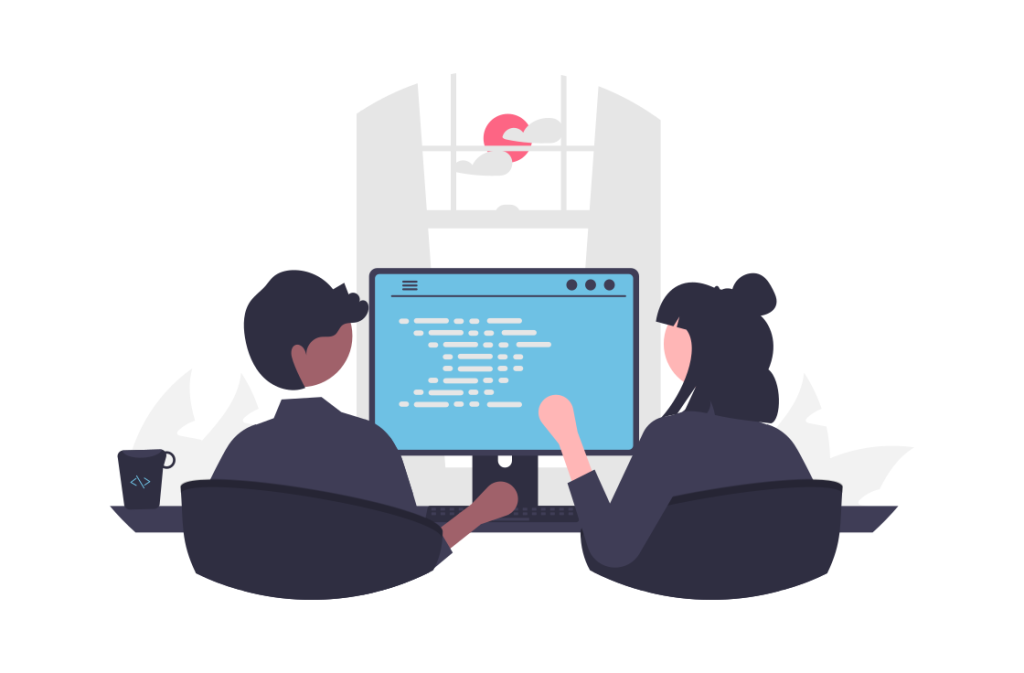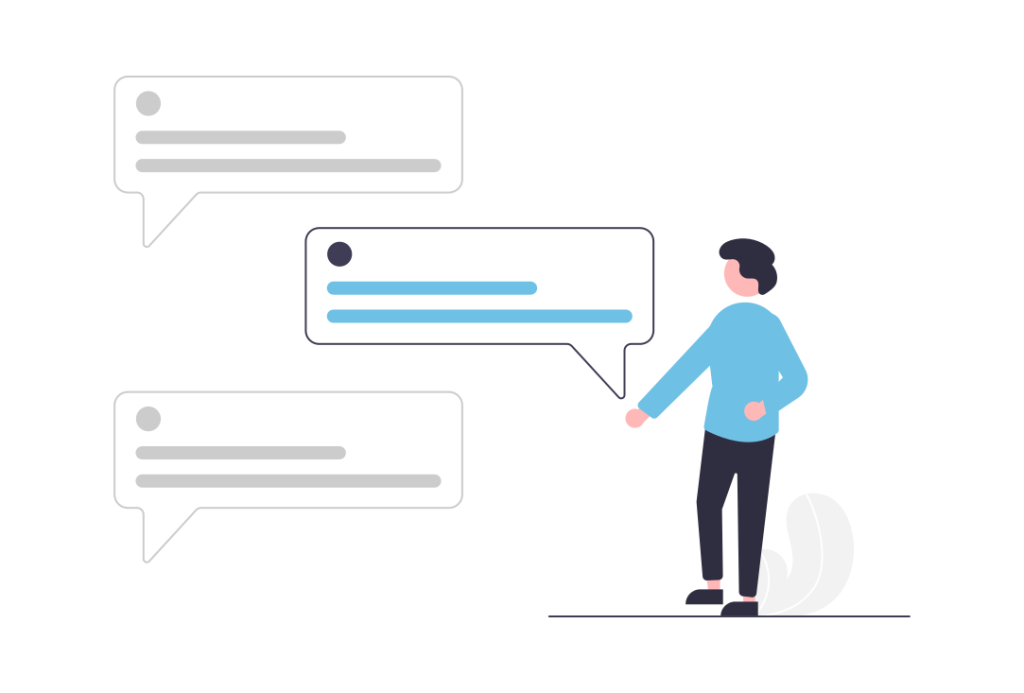A crucial component of web development is server-side programming, which frequently takes care of requests, data processing, and user-facing dynamic content behind the scenes. Building reliable, scalable, and effective online applications requires developers to grasp important server-side development ideas. We’ll go more deeply into a few key ideas that are the foundation of server-side programming in this blog post.
Server-Side Scripting Languages
The basis of server-side development is provided by server-side scripting languages. With the help of these languages, programmers may create server-side code that produces dynamic content. Typical languages for server-side scripting are:
PHP is a popular server-side scripting language for building websites.
JavaScript on the server side is made possible by Node.js, allowing full-stack development using just one language.
Python (Django, Flask): This easy-to-read language is used in server-side programming frameworks such as Django and Flask.
The needs of the project, developer experience, and performance concerns all play a role in selecting the appropriate language.
HTTP and RESTful APIs
Understanding the Hypertext Transfer Protocol (HTTP) is crucial for server-side developers. HTTP is the foundation of data communication on the World Wide Web. Server-side development often involves creating RESTful APIs (Representational State Transfer) to enable communication between the client and server. RESTful APIs use standard HTTP methods (GET, POST, PUT, DELETE) to perform operations on resources.
Developers need to design APIs that are consistent, scalable, and follow REST principles, ensuring seamless integration with various clients and platforms.
Databases and Data Modeling
Server-side development frequently involves interacting with databases to store, retrieve, and manipulate data. Developers must understand different types of databases (relational, NoSQL) and choose the appropriate one based on the project’s requirements.
Data modeling is another crucial concept, involving the design of database schemas and relationships. Proper data modeling ensures efficient data retrieval and storage, contributing to the overall performance of the application.
Middleware
Middleware serves as a link between the front and back ends of an application. It consists of several software components that manage caching, logging, and authentication, among other things. Middleware offers reusable and expandable components that improve application functionality and expedite the development process.
Depending on the particular requirements of the project, middleware can be created from scratch or utilized from pre-existing frameworks.
Authentication and Authorization
It is critical to secure server-side applications. While authorization establishes what actions users are permitted to take, authentication confirms the identity of users. To safeguard critical information and features, server-side developers must put strong authentication protocols (like OAuth and JWT) and fine-grained authorization rules in place.
Conclusion
One difficult but essential component of web development is server-side programming. Gaining an understanding of the fundamental ideas in this field enables developers to design secure, scalable, and effective online applications. Building modern, high-performance online apps requires a strong understanding of server-side development, which includes selecting the appropriate scripting language, creating reliable APIs, and protecting user data. Keeping up with new trends and best practices can help server-side developers become even more proficient as technology develops.
Click here to have an overview of Backend Development


